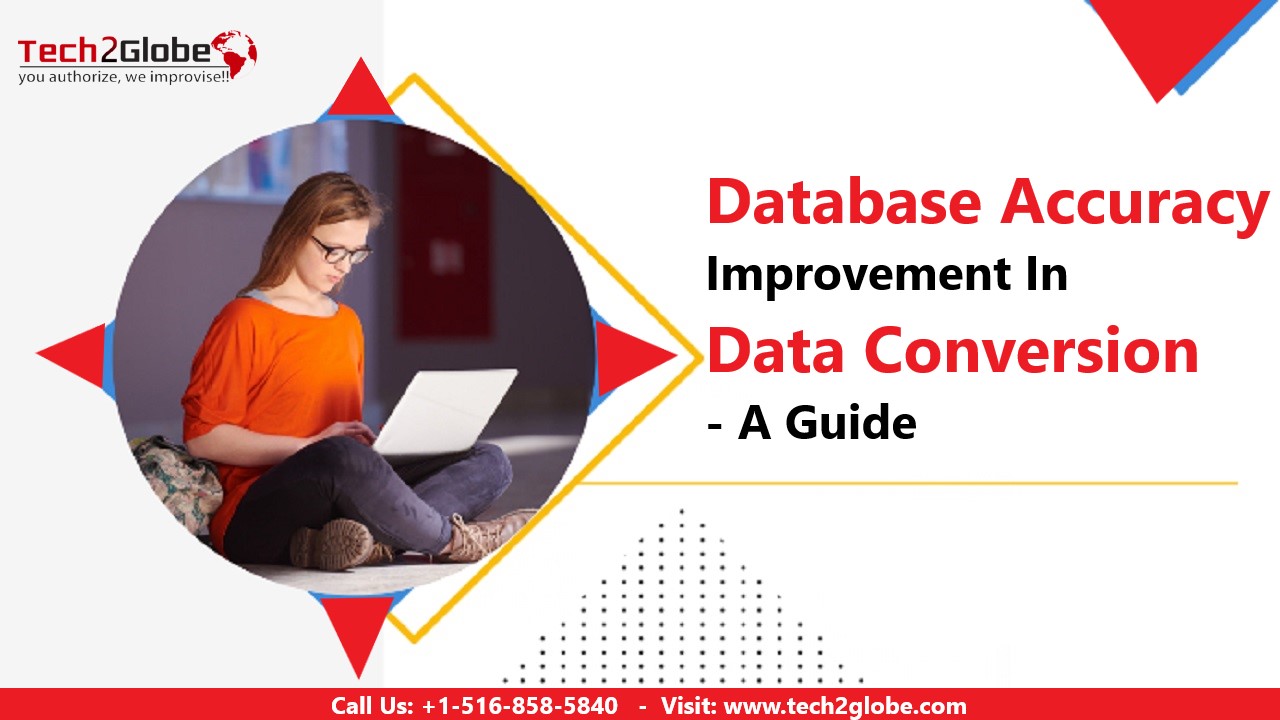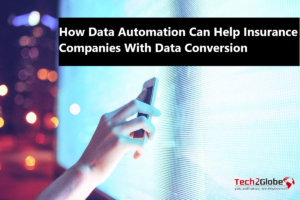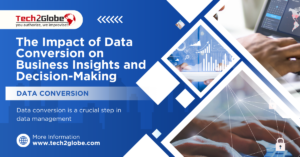Today’s businesses face the difficult problem of managing a vast array of data generated by several programs, devices, and operating systems. What is the first step to getting through this challenging obstacle in Data Conversion? Businesses would have an abundance of irrelevant data and be unable to gain critical business insights on customer behavior, operations, and trends without this simple but essential step.
What Is Data Conversion?
Data conversion is the process of converting data between different formats. Even though the idea itself may seem simple, data conversion services is a vital step in the process of data integration. In this stage, the data can be read, modified, and used in a diverse application or database than where it was originally stored.
What More?
Data migration, data transformation, and data cleansing are frequently mixed up with data conversion.
1. Data migration involves moving entire databases or programs from one area to another, as opposed to data conversion, which converts specific computer objects and data types from one format to another. Data conversion, data transformation, and/or data cleansing are typically included in data migration.
2. Data conversion is the process of converting data from one format to another. One example is converting an RTF file into a Word document. Data transformation modifies how the data is presented. Condensing data, as in this example, is a frequent data transformation approach. Considering the format itself remains unchanged.
3. During data cleansing, inaccurate, redundant, and incomplete data are discovered and repaired. This process usually happens following a data conversion services, data transformation, or data migration exercise.
The Following Data Types Can Be Transformed
The first stage in the data conversion process is understanding the various types of data you can convert. All programmatic languages are built on data types, which tell the compiler or interpreter what to do with the data. The data type describes the actions that can be performed on the data as well as the structure in which it should be stored. Primitive and composite data types can both be altered. Only a handful of the innumerable examples are as follows:
1. Programming languages (C language versus Java, for example)
2. Language-specific code pages (character/symbol sets) (English versus Spanish, for example)
3. Operating system-specific code pages (ASCII to EBCDIC, for example)
4. Several texts, audio, and video file formats for documents

What Are The Practical Applications Of Data Conversion?
Although it need not be, best data conversion services can be a challenging process. By accelerating development, tools for automating the process can improve the accuracy and completeness of the processed data. The basic procedures that the majority of data conversions services involve are as follows:
1. Based on user requirements, a thorough approach is developed.
2. The source is used to create a collection of characters and symbols.
3. The source data is transformed into the final format.
4. The information is imported into the target system following review.
The requirements for changing data types vary depending on the computer language. Strongly typed languages frequently convert data types via an explicit process because they have more stringent restrictions at compile time. Weak-typing languages are more likely because of their looser limitations and the possibility for unexpected results to arbitrarily interpret a data type as having different representations. It may take months to fix a database that has errors and gaps in it due to bad data conversion.
Conclusion
Tech2Globe is one of the biggest data conversion service provider in the market that you can hire for your business.










